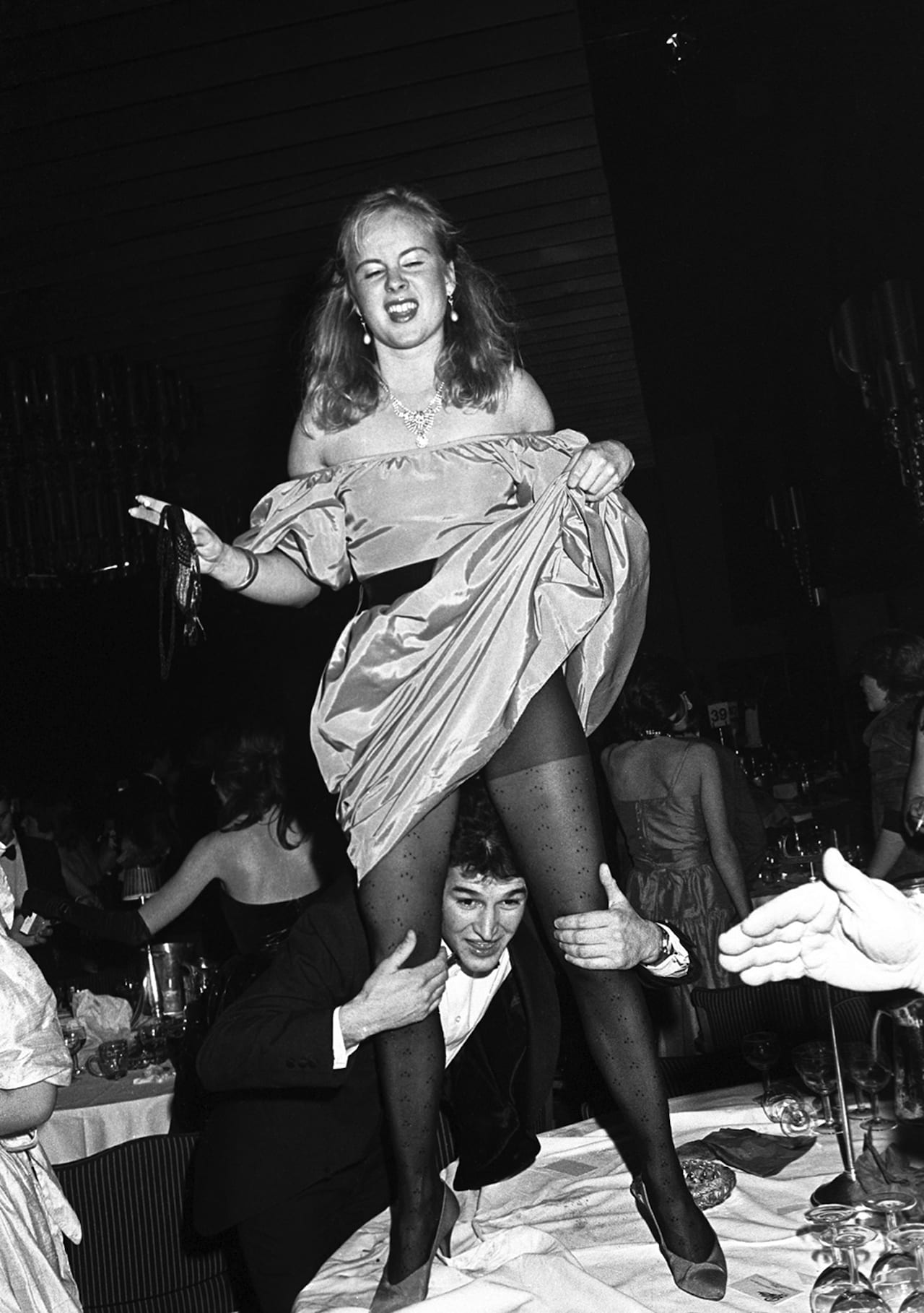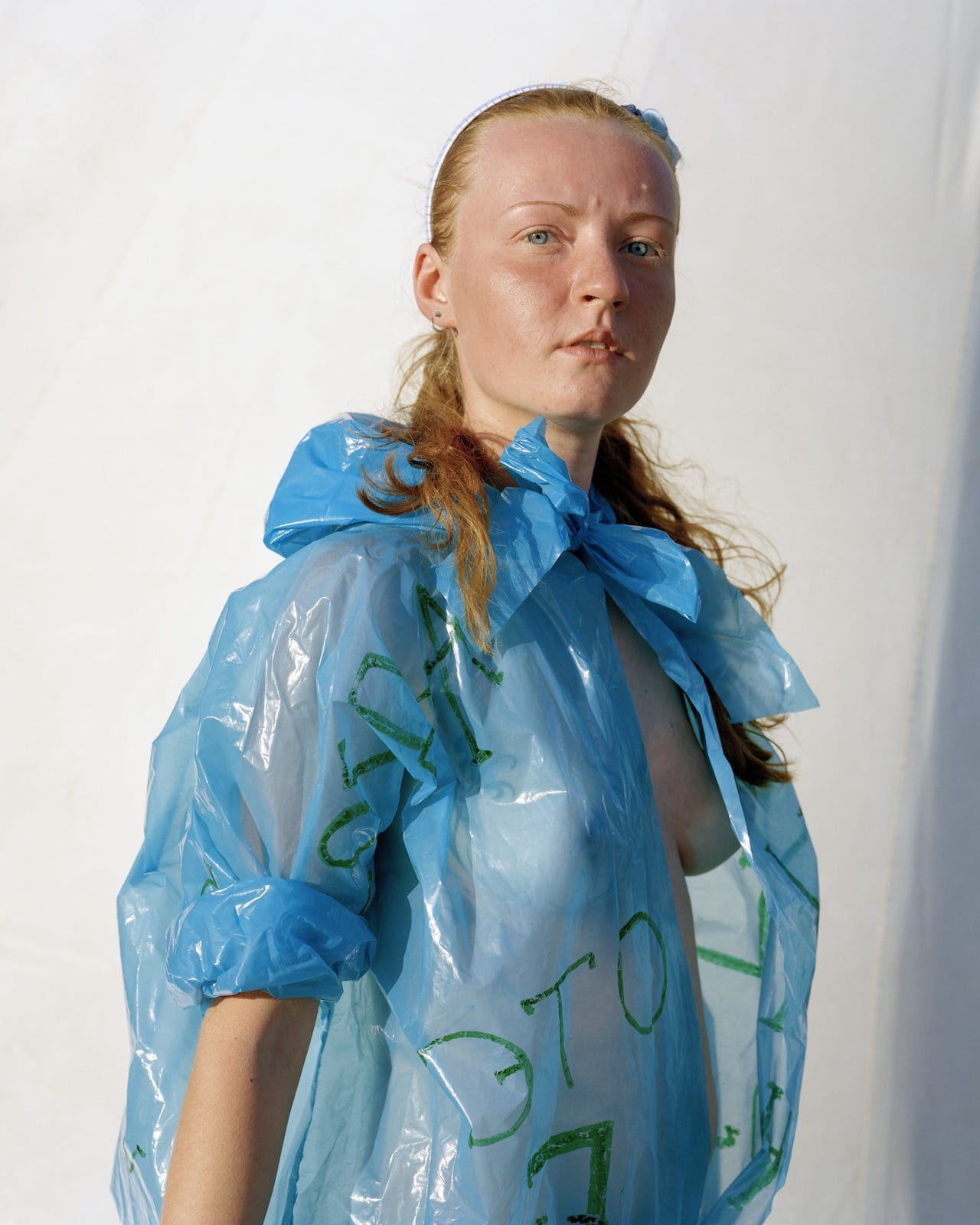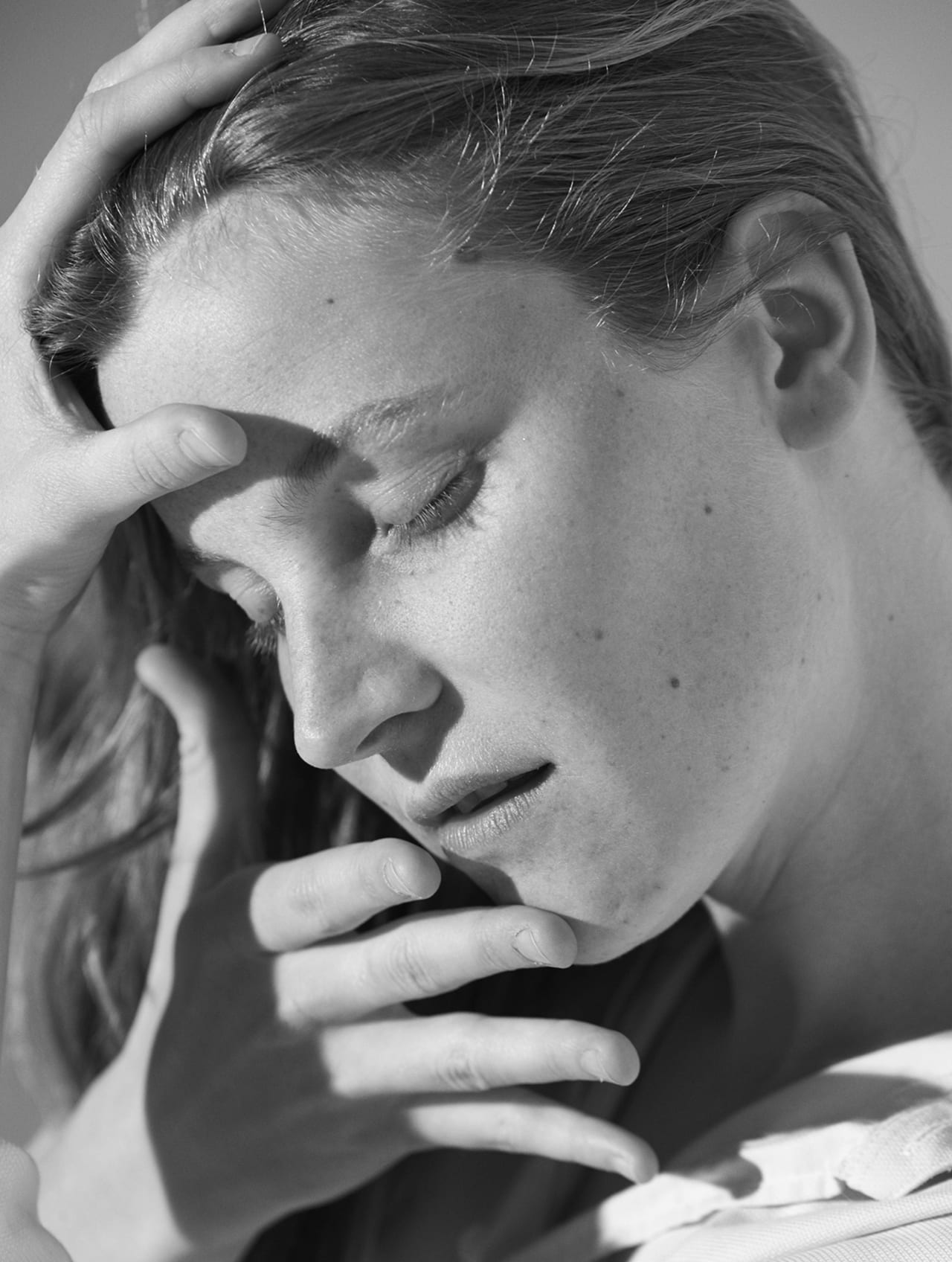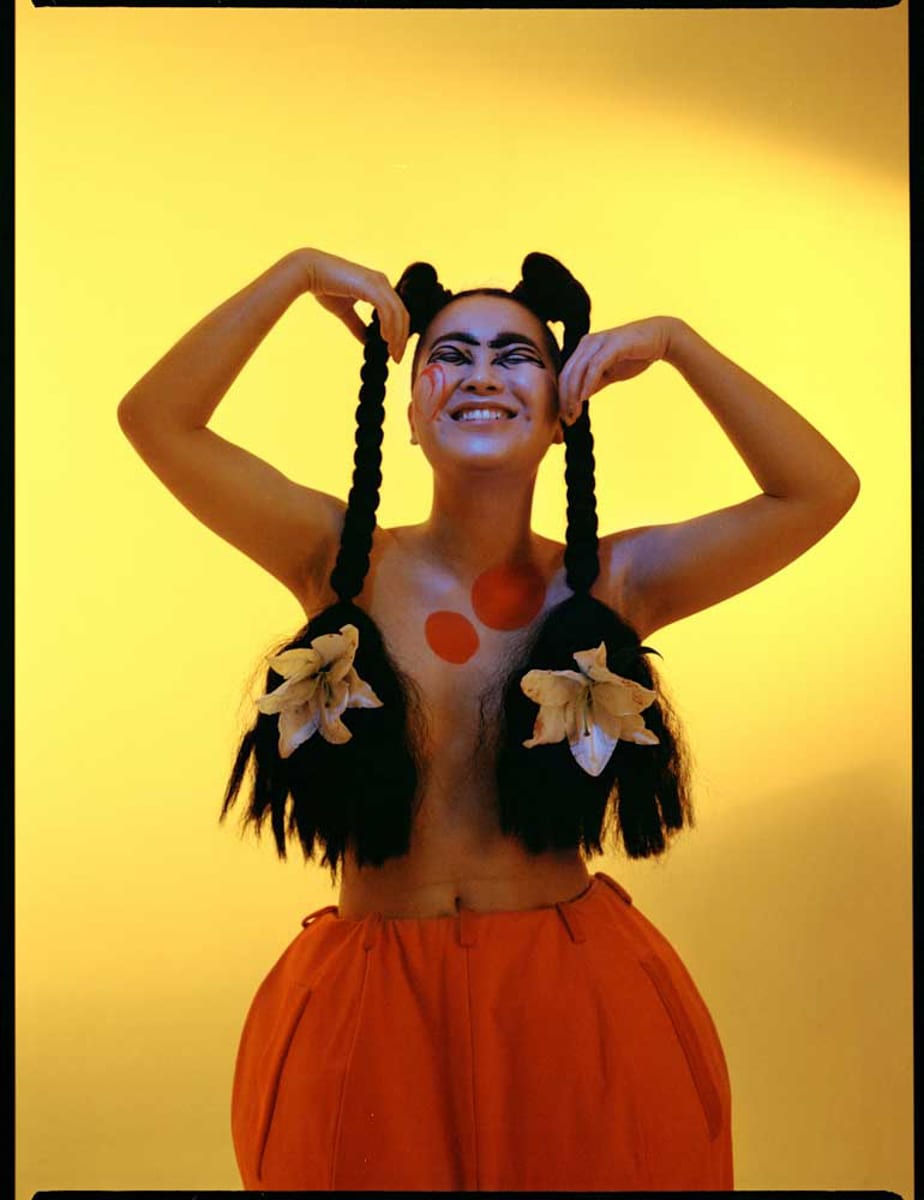Antonin Kratochvil has been suspended from the VII Photo Agency, pending an investigation into accusations he sexually harassed female photojournalists in the agency. The allegations were made in an article written by Kristen Chick for the Columbia Journalism Review, which contends that sexual harassment is widespread in photojournalism, and cites Kratochvil as just one example.
The report includes quotes from photographer Anastasia Taylor-Lind, a one-time member of VII, stating that Kratochvil physically groped her at a VII Annual General Meeting in Paris in 2014. “She says she was approached by founding member Antonin Kratochvil, a well-known photojournalist who has won three World Press Photo first prizes over his long career,” the article reads. “Taylor-Lind was wearing a long skirt, and said she stood with a group of people near a window during a break from the meeting.
“Without warning, Kratochvil slid his hand between her buttocks, she says, and pushed it forward until he was touching her vagina over her clothing. He held his hand there for several seconds, she says. She froze until he removed his hand and then she walked away.”










